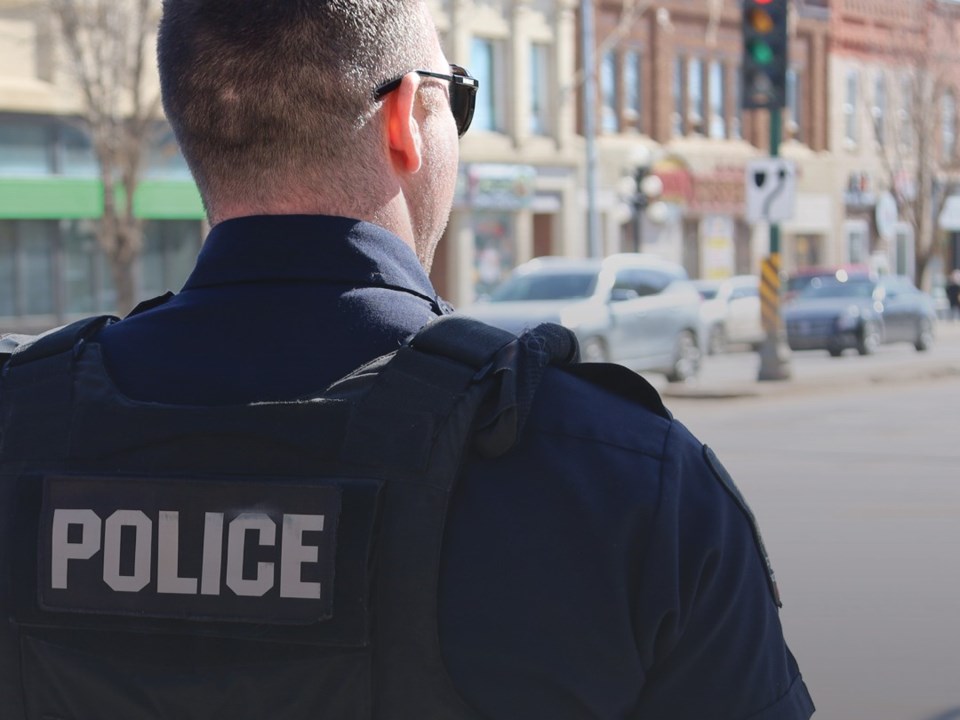MOOSE JAW — A new provincial law aimed at cracking down on dangerous items in public areas took effect on Aug. 1, giving Saskatchewan municipalities and First Nations the option to grant police broader authority to address so-called street weapons and illicit drugs.
The Safe Public Spaces (Street Weapons) Act empowers police to seize items such as large knives, machetes, bear spray, hatchets, and hypodermic needles — if used improperly — from individuals in public urban spaces. The law, announced at Moose Jaw Police Service headquarters recently, also allows police to confiscate fentanyl and methamphetamine, provided the community has opted into the legislation through a bylaw or First Nation law.
“The government is committed to increased public safety measures to ensure all Saskatchewan citizens feel safe and protected in their communities,” said Justice Minister and Attorney General Tim McLeod, K.C., in a news release. “The coming-into-force of this Act will empower law enforcement and give them an important tool to appropriately address individuals that use street weapons to intimidate or harm people in public spaces.”
The law defines public spaces broadly. This includes public buildings, parks, playgrounds, common areas in apartments or condominiums, vehicles travelling through public spaces, and even land entered without the owner’s consent.
The Act prohibits residents from possessing items that could be used as street weapons in public areas, as well as defacing, altering, or possessing altered versions of those items. Offenders may be charged with a provincial offence and face fines of up to $5,000, a year in jail, or both. Notably, police can still seize weapons posing a safety threat even if no charges are laid. Items not claimed may be forfeited to the Crown.
Street weapons as defined under the Act include a wide range of items: knives over 30 centimetres in length, swords, axes, hammers, sledgehammers, body armour, hypodermic needles, unless used for medical purposes, and wildlife deterrents such as bear spray. Municipalities that choose to opt in may lower the minimum blade length threshold to as little as 10 centimetres.
McLeod emphasized that the Act is meant to target items intended for a dangerous purpose or used out of context, citing recent reports of bear spray incidents in Saskatoon shopping malls.
The provincial government emphasized that the Act includes “appropriate exemptions” for legal and legitimate uses — such as food preparation, medical use of needles, or personal protection from wildlife.
Municipalities and First Nations must pass a bylaw or law to opt into the new rules before they are enforced. Communities that do not opt in will not be affected by the Act, and existing bylaws or laws addressing similar issues will take precedence in cases of potential conflict.
The provincial government said the legislation is part of a broader $2 billion investment in public safety initiatives for 2024 to 2026, including $699.4 million allocated to policing and community safety over two years and over $518 million to expand access to justice services.
As of early August, it remains to be seen how many Saskatchewan municipalities, including Moose Jaw, will opt in to the legislation. The City of Moose Jaw has not yet passed a bylaw under the Act.
For more information, visit Saskatchewan.ca.




